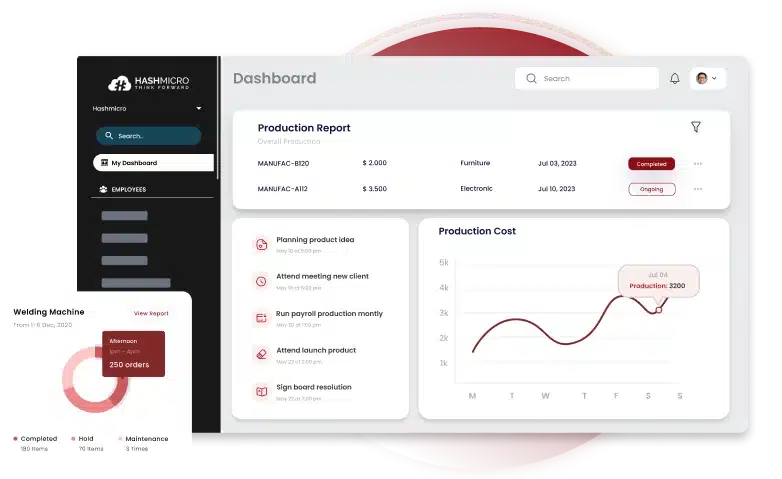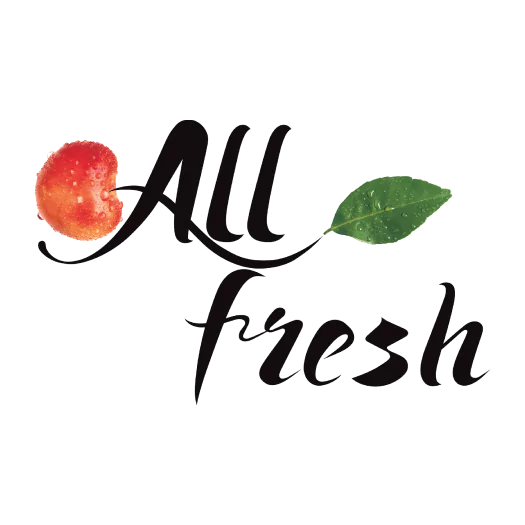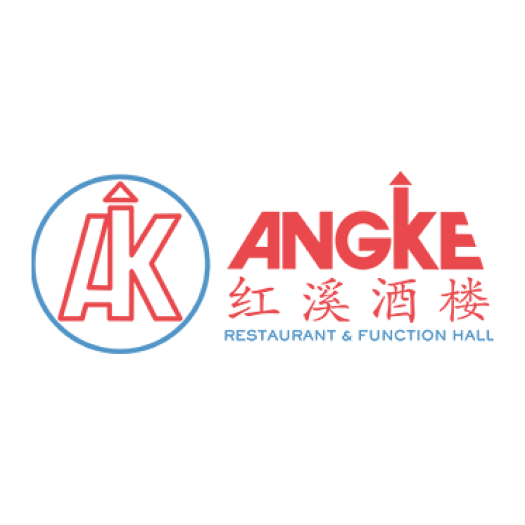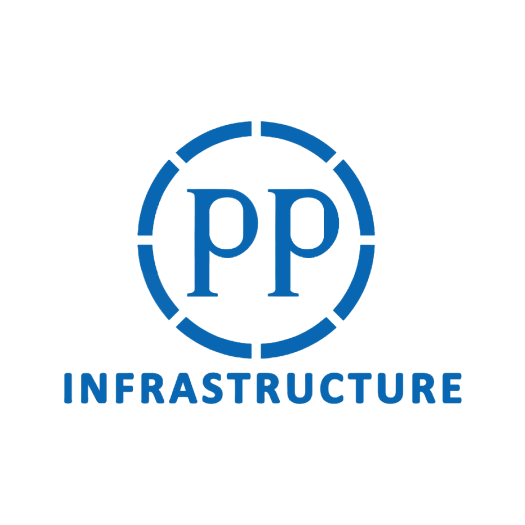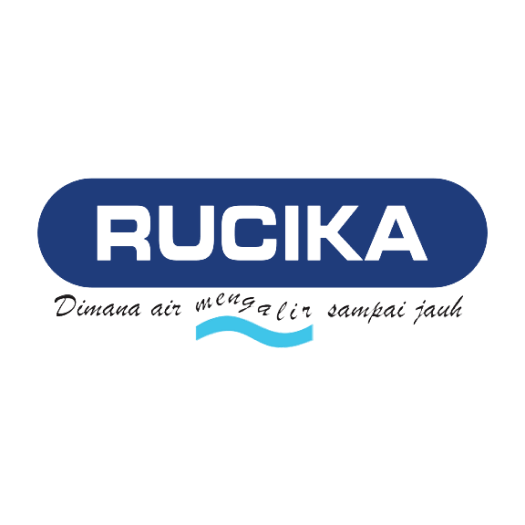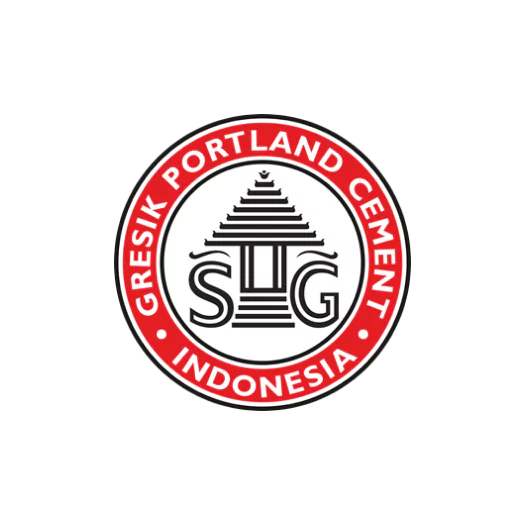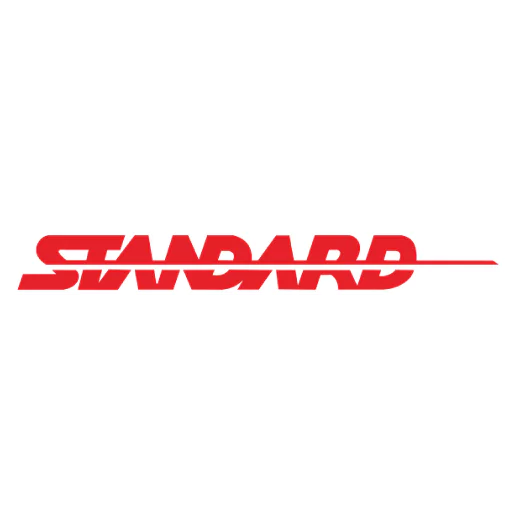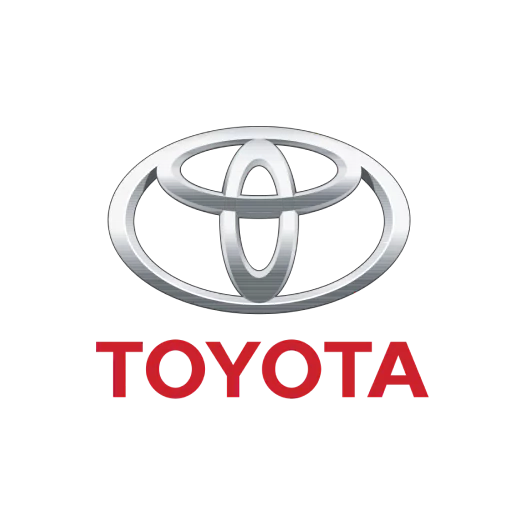In my experience, the complexities of the paint manufacturing process often lead to operational inefficiencies. These challenges can significantly hinder our ability to maintain a competitive edge.
Such issues directly impact product consistency and profitability across the entire paint manufacturing workflow. Implementing a comprehensive manufacturing software is key to overcoming these hurdles.
In this guide, I will break down every critical aspect of this industry. Let’s delve into the foundational elements that define every can of paint.
Key Takeaways
|

What is Paint Manufacturing?
Paint manufacturing is the industrial process of combining raw materials like pigments, binders, and solvents. This creates coatings designed for protection, decoration, or specific functions.
This industry works closely with sectors such as construction, automotive, and consumer goods. They supply essential products for finishing and protecting a wide range of surfaces.
Key Components in Paint Manufacturing
To understand the production process, it is essential to first know the four core components of any paint. The quality and proportion of these materials determine the final product’s characteristics and cost.
- Pigments
Pigments are fine powders that provide color, opacity, and weather resistance to the paint. For example, titanium dioxide is a common white pigment used for its excellent brightness. - Binders (Resins)
Binders act as the glue that holds pigments together and ensures the paint adheres to a surface. The type of resin, such as acrylic or epoxy, defines the paint’s durability and flexibility. - Solvents (Carriers)
Solvents are liquids that dissolve the binder and adjust the paint’s viscosity for easy application. Water is used for latex paints, while mineral spirits are common in oil-based formulas. - Additives
Additives are used in small amounts to modify specific properties, such as preventing fungal growth. They can also improve flow and stability to enhance the final product’s performance.
The Core Stages in Paint Manufacturing
The paint manufacturing process involves a series of structured stages that require strict control. Each step is crucial for ensuring the final product meets established quality standards.
- Formulation and weighing
This stage begins with a precise recipe, followed by the accurate weighing of raw materials. Automated scales are often used to ensure consistency and minimize human error. - Pigment dispersion
Pigments are mixed with some resin and solvent and then ground in a high-speed disperser. This process breaks down particle clumps to ensure uniform color and a smooth texture. - Let-down process
The remaining resin, solvent, and additives are added to the pigment paste in a let-down tank. The mixture is then blended at a lower speed to achieve the final specifications. - Quality control and adjustment
A sample from each batch is tested for color, viscosity, and other properties against a standard. Minor adjustments are made to ensure the batch meets all quality parameters before packaging. - Canning and packaging
Once approved, the paint is filled into containers using automated machines. The cans are then labeled with product information and prepared for distribution.
Key Challenges in the Paint Manufacturing Business
The paint manufacturing business faces several unique challenges that demand strategic management. Overcoming these hurdles is essential for maintaining profitability and operational resilience.
- Volatility of raw material prices
Sudden price hikes in commodities like titanium dioxide can squeeze profit margins. Smart procurement strategies and long-term supplier contracts help mitigate this financial risk. - Complex supply chain management
Disruptions in the global supply chain can halt production unexpectedly. Diversifying suppliers and maintaining safety stocks are key to ensuring operational continuity. - Compliance with environmental and safety regulations
Strict regulations on VOC emissions require significant investment in compliance and safety. Adhering to standards set by agencies like the EPA avoids fines and protects the brand’s reputation. - Maintaining inter-batch quality consistency
Ensuring every batch has the exact same color and performance is a major technical challenge. This requires rigorous quality control processes and calibrated equipment to maintain customer trust.
The Role of Technology in Modernizing Paint Manufacturing
In today’s competitive market, technology adoption is necessary for growth and efficiency. Modern systems help tackle production complexities and provide comprehensive operational visibility.
- Process Automation
Automation reduces human error in critical stages like weighing and mixing. This leads to greater precision and consistency from one batch to the next. - Integrated Management Systems
An ERP system centralizes data from production, inventory, and sales. This provides a holistic view of the operation for better decision-making. - Real-Time Data Analytics
Technology enables the real-time monitoring of production metrics and raw material usage. This helps managers identify bottlenecks and optimize workflows proactively. - Enhanced Quality Control
Digital tools like spectrophotometers and integrated QC modules ensure standards are met. This allows for immediate adjustments and maintains high product quality.
Optimize Your Paint Manufacturing Process with HashMicro Manufacturing Software
HashMicro Manufacturing Software is designed to automate and simplify complex production workflows. Our integrated system provides the clarity and control needed to overcome industry challenges.
Key Features of HashMicro Manufacturing Software:
- Manufacturing Production Scheduling: This feature helps create organized production schedules by processing demand data and factory capacity.
- Secret Recipe/BoM (Bill of Materials): It manages product formulas securely and structurally to ensure material compositions remain consistent.
- Manufacturing Quality Control: This provides a systematic framework for conducting quality checks at every production stage.
- Machine Maintenance Management: The system schedules automated machine maintenance alerts to prevent unexpected equipment downtime.
- Real-Time Production Dashboard: It offers a visual display of live production data to support faster and more accurate management decisions.
Our system can enhance your operational efficiency, data transparency, and business process automation. To see how our solutions can help your business, try the free demo now.
Conclusion
Mastering the paint manufacturing process requires a blend of formulation expertise and operational excellence. This foundational knowledge allows you to navigate industry complexities with strategic foresight.
To truly excel, leveraging technology like HashMicro Manufacturing Software is key to unlocking new levels of efficiency. It provides the control needed for scalable and sustainable growth.
This transforms operational challenges into opportunities for innovation. See how our system can benefit your business by scheduling a free demo today.


